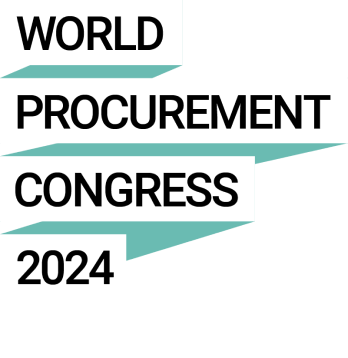Since the 1980s, category management has been seen as the pinnacle of strategic purchasing. Yet a combination of internal and external pressures has forced CPOs to rethink their assumptions around the 40-year-old concept, particularly where indirect spending is concerned. As procurement continues its transformation towards full-value delivery, CPOs will embrace new category management structures, value drivers and technologies.
Revamping category management structures
Corporate indirect spending grew 7% each year globally between 2011 and 2019, according to McKinsey. Yet indirect spending represents a source of untapped opportunity. It is a matter of anxiety for CPOs that, as thorough as they may be, their teams’ indirect category strategies often fail to translate into business impact.
This calls into question the fitness of conventional category management structures, which see supplier spending grouped into related products and services and resources assigned accordingly.
By structuring their teams this way, organisations create opportunities for consolidation and efficiency. Yet category managers are conditioned to think in siloes under such structures. An outward focus on the supply market can create a detachment from the business. To address this challenge, progressive procurement teams are shifting from supply-market aligned teams to business-aligned teams, reorienting themselves to better align with strategic goals.
Future-proofing sourcing
Strategic sourcing is where category strategies are put into action. It is a process typically geared towards achieving cost savings by leveraging power imbalances in buyer-supplier relationships. Yet, as CPOs attempt to position procurement as a source of value beyond savings, purchasing functions must update the sourcing calculus to deliver against a set of new strategic priorities.
A future souricng framework creates several new requirements of procurement teams, including:
- New procedures: reducing risk, improving sustainability and harnessing innovation all require new practices to be embedded within existing, standard procurement processes.
- New capabilities: designing category strategies that reflect business needs is an exercise in relationship building. Category managers must also develop their contracting capabilities, as new value drivers place new demands on suppliers around carbon emissions, for example.
- New data sources: the future sourcing framework requires category managers to understand different aspects of suppliers and supply markets. This, in turn, means they need new sources of information.
- New messaging: Category managers must present their strategies and express value in ways the business can relate to. Some have found success using a version of the ‘narrative’ method employed by Amazon.
Leveraging new technologies
Procurement Leaders’ research outlines the four technologies that promise a step-change in category management efficiency and effectiveness, as follows:
Category management solutions: Purpose-built tools that automate the category management process end-to-end. A long-term trend, the widespread use of these tools will make the overall process more efficient and may allow managers to take on responsibility for a greater number of categories, bringing about new levels of resource efficiency.
Next-generation spend analytics: In the future, category managers will derive value from combining spend analytics with related data sources, enabling deeper levels of insight. For example, when integrated with supplier performance data, spend analytics can reveal opportunities to migrate spending from low- to high-performing suppliers. Read how media company Discovery increased spend under management using spend analytics.
AI-enabled sourcing tools: Artificial intelligence-enabled sourcing represents an evolution of conventional e-sourcing tools, with the addition of sourcing event automation and digitised decision-support. Just 4% of teams are “very likely” to source a sourcing solution from startups, according to Procurement Leaders 2021 report, The procurement technology landscape. Yet the advent of AI-enabled sourcing may change that, as certain startups are actively seeking codevelopment opportunities with corporates, which may benefit from relatively low development costs and risks.
B2B network intelligence: This is the data generated through transactions between buyers and sellers on B2B marketplace platforms. It has the potential to automate much of the market analysis process with the provision of aggregated price benchmarks, supplier insights and industry trends. This will save category managers a substantial amount of time and may further enable them to manage more categories than they can at present.
Are you thinking about how to transform category management for the future? Talk to us about how Procurement Leaders can help.
Members get access to the full report here.
Harry John is a Senior Analyst and author of Next Generation Category Management.

















